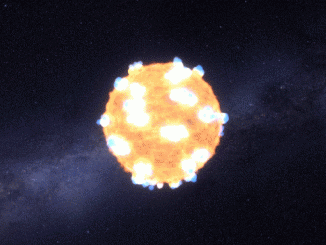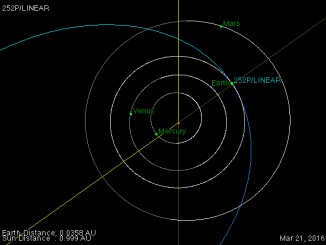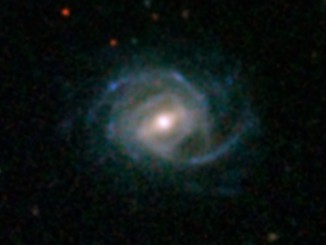
Cassini views Helorus in half-light
In this image from NASA’s Cassini spacecraft we see a crater duo on Saturn’s 698-mile-wide moon Dione. The upper of the pair, named Italus, is overprinted on a grouping of ancient troughs called Petelia Fossae. The lower crater, Caieta, sits atop a feature named Helorus Fossa. Fossae on Dione are believed to be tectonic features.









